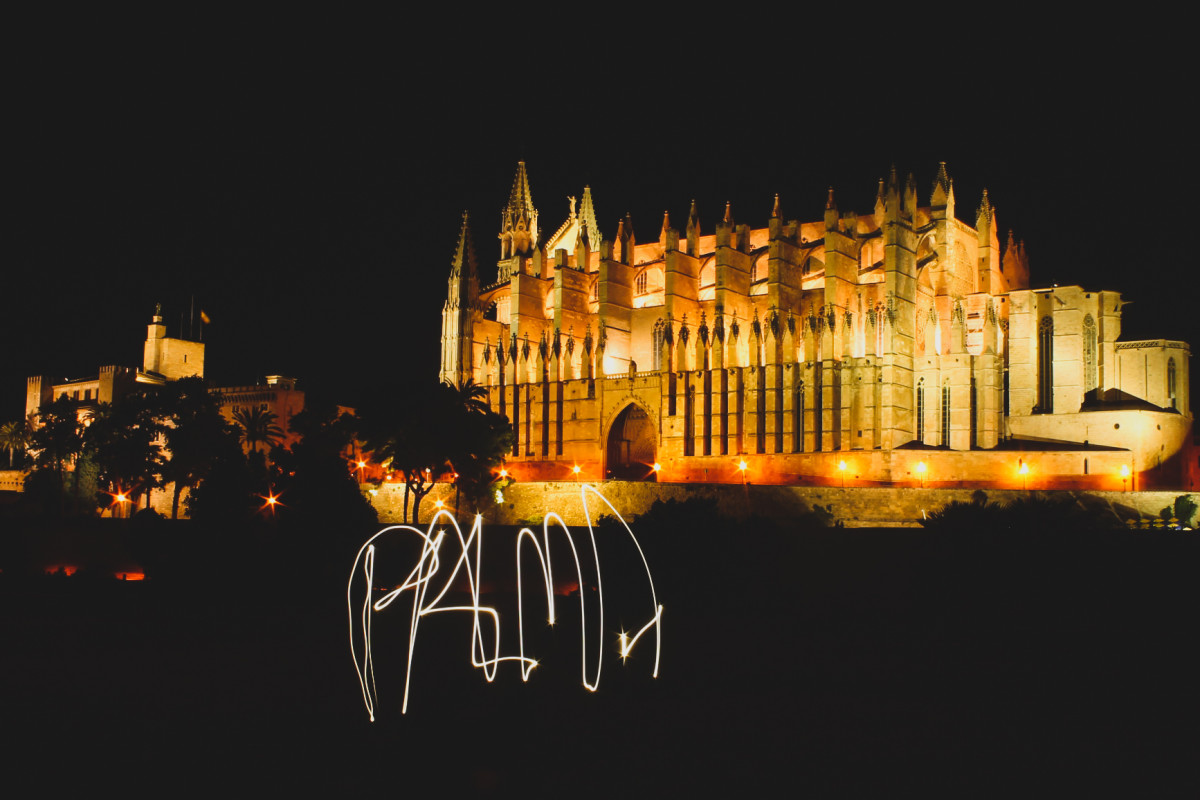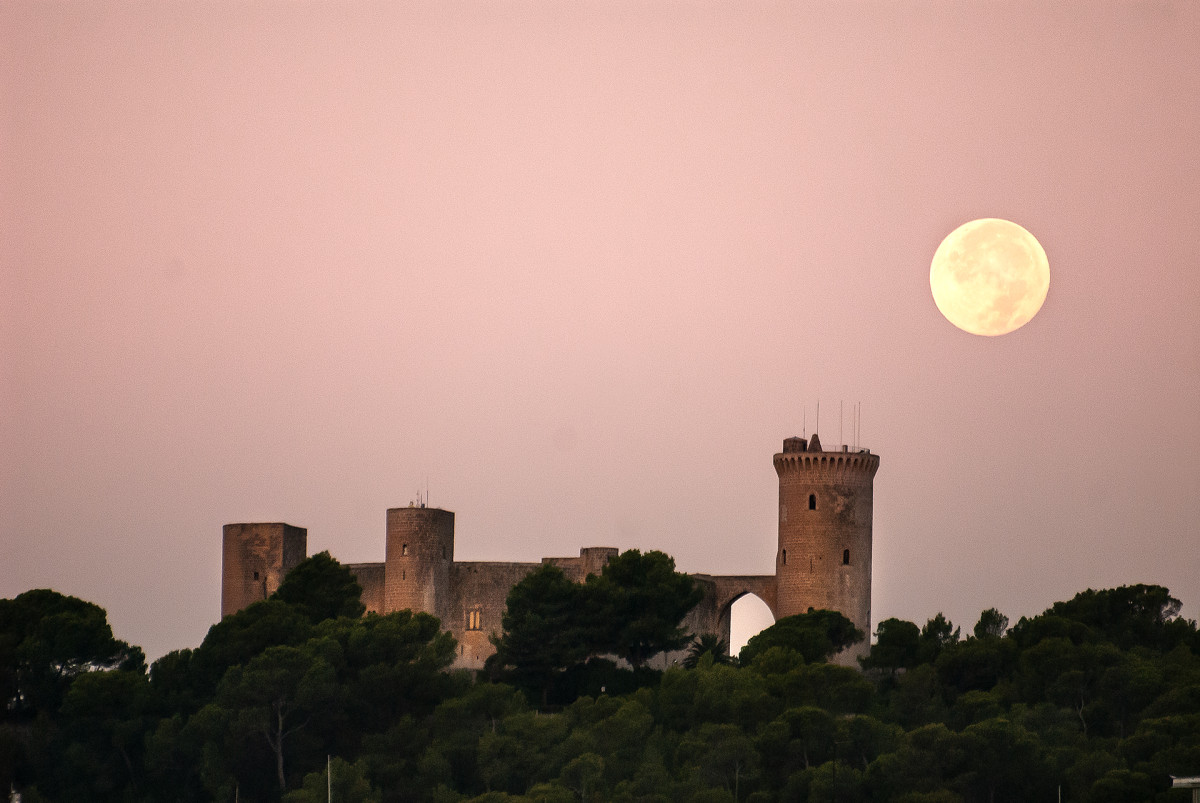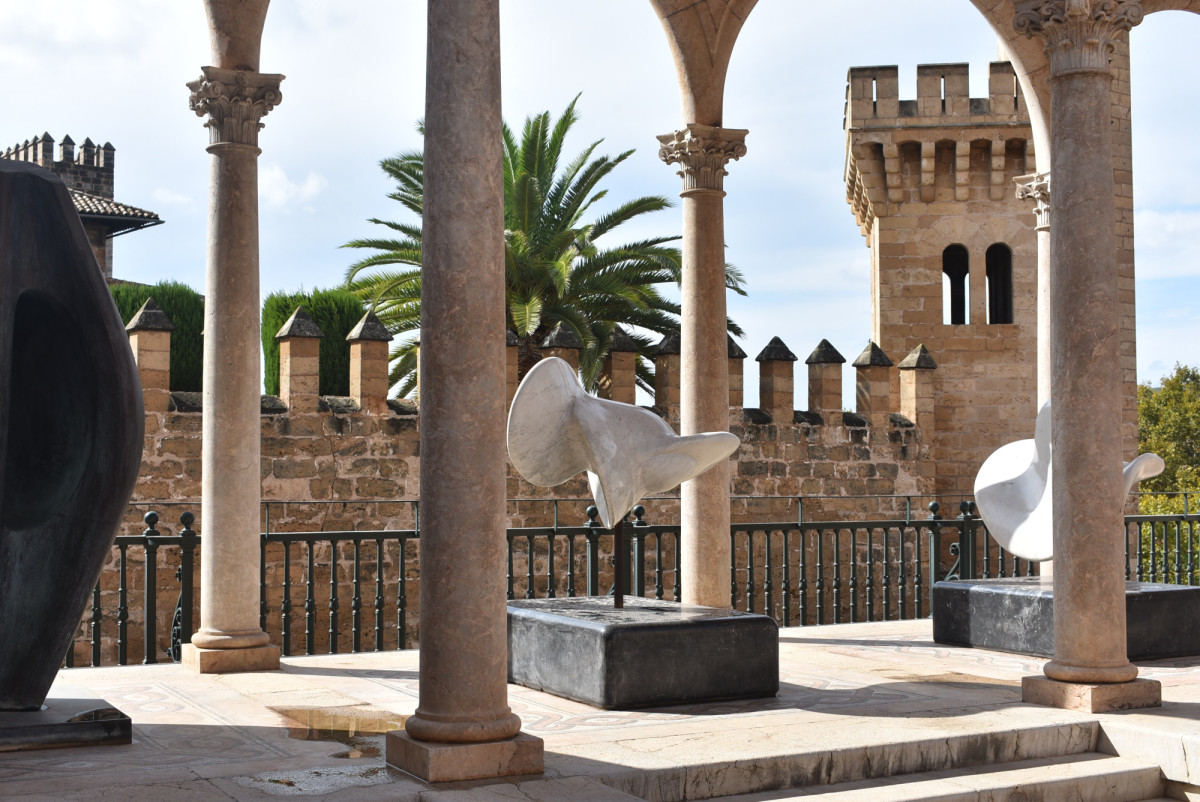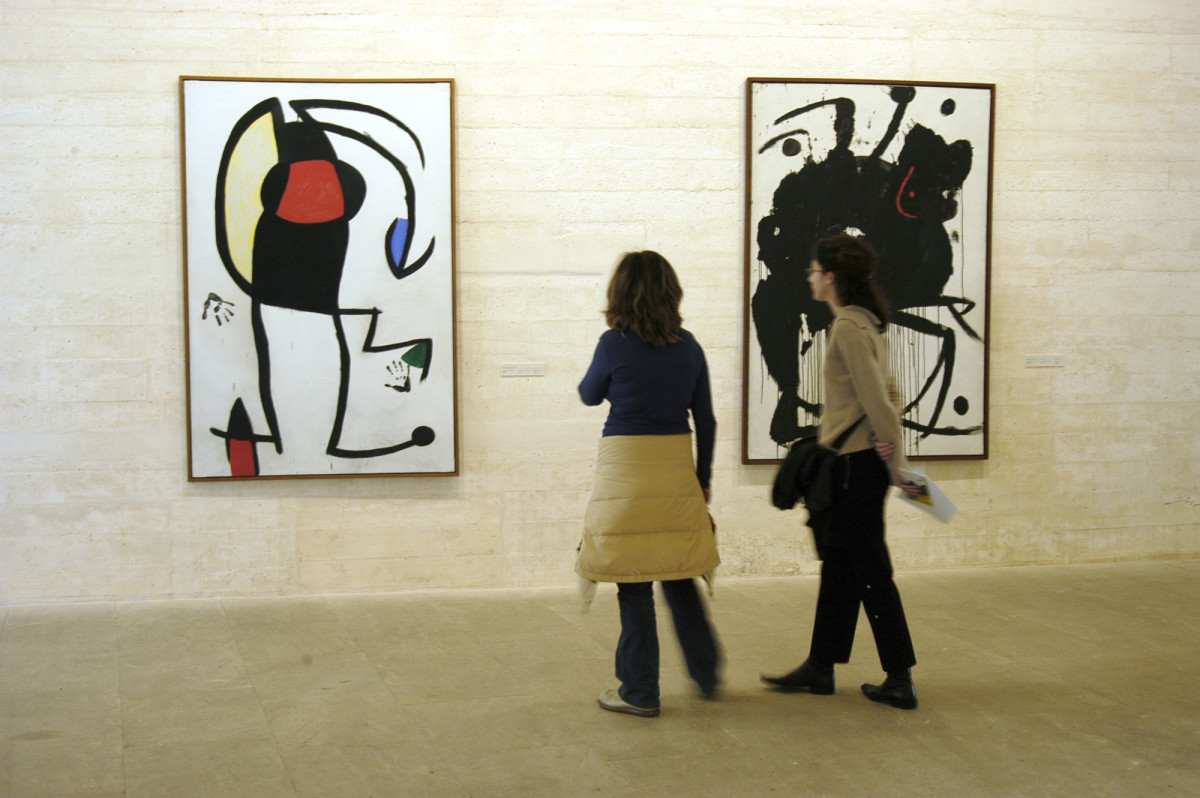Palma, a cultural destination all year round
4 January, 2023It is very pleasant to explore the city of Palma on foot at any time of the year, especially its historic centre. There you can discover a series of buildings, museums and other places of great interest which are ideal for tourists interested in culture and in knowing more about the origins and evolution of this city, a pearl of the Mediterranean.
To start off in the best possible way, you can go to the central Plaza de Cort, where the beautiful Palma Town Hall is located, an iconic building with an exterior dating from the 17th century and a more modern interior, from the 19th century, which can be visited for free. It hosts a “pinacoteca” with an impressive gallery of illustrious men from the old Kingdom of Mallorca.
The cultural tour can continue towards Palma Cathedral passing by the headquarters of the Consell de Mallorca (another unique building), to discover one of the most outstanding Gothic buildings in Europe. Inside, it is well worth seeing its treasure as well as the Gothic and Baroque altarpieces. The renowned architect Antoni Gaudí, a genius of 19th-century modernism, contributed to the canopy in the presbytery, while Mallorcan artist Miquel Barceló created a ceramic mural earlier this century in the Santísimo chapel.

In front of the Cathedral is the Almudaina Palace, another of the historic centres of power on the island of Mallorca, in this case related to defence. It is a building of Roman origin, although it has undergone successive reforms at different times. The Arabic Baths are located in the same area as the Cathedral, one of the few examples of Muslim architecture which have survived in the city to this day, dating from the 10th to the 12th centuries and were built from more ancient elements.
After this visit, we suggest a walk along 'Dalt Murada', which is what Palma calls the upper part of the segment of the wall which is preserved facing the sea, towards the popular area of La Lonja, passing through s'Hort del Rei garden, which is worth a visit, to see the building of the same name, from the 15th century which stands out for the beauty of its Gothic windows and the gargoyles and saints which flank the façade. A magnetism which continues inside, also open to the public.

Another iconic and interesting building of Palma, but which is located outside the centre, is Bellver Castle. With an unusual circular plan, it has dominated the city since 1300 with its great beauty. If tourists give in to the temptation to visit it – which they will certainly do – they’ll be able to enjoy the spectacular terrace view. It is considered a good example of civil European Gothic architecture.
Museums, cultural centres, routes and galleries
What’s more, Palma offers international tourists seven guided itineraries which will gradually reveal the city’s secrets. The names not only invite you to choose them but also show visitors what they can expect: Monumental Palma, Modernism in Palma, The Convent of the Capuchin Nuns, The Jewish Quarter and Tradition and modernity: Palma's historical trade. But there is even more, because there are seasonal itineraries such as Palma’s “History and legends”, which is a guided night tour, or Belenes de Palma at Christmas time.

Visitors can also opt for a more comfortable visit, on board the Tourist Bus, which runs through a good part of the city passing through all the places of interest -with the possibility of getting off and returning at will- and the Taxi Tour service, even more comfortable for those who wish to take tours on demand. Both the routes and the itineraries on board vehicles are offered in various languages.
But Palma reserves much more for the visitor. You can still enjoy its churches, stately homes (with their incredible patios) and gardens. Without forgetting museums of great interest such as Es Baluard (contemporary art), the Municipal Museum of History (in Bellver Castle), the San Carlos Military Museum, the Palau March Museum (art collection) and next to the Cathedral are the Cathedral Museum and the Diocesan Museum. Not forgetting, in the Llevant district, the art gallery of the Krekovic Museum.

The proposals from the Mallorcan and Balearic Islands’ capital also include several cultural centres: Casal Solleric, Capilla de La Misericordia, Fundación ‘La Caixa’, Cultural Centre ‘Sa Nostra’ and the Pilar i Joan Miró and Joan March Foundations. And the large number of art galleries in the city also stand out presenting works by contemporary artists, sometimes new and others consolidated. All these elements combined results in a totally satisfactory destination for cultural tourism, which can also be visited at any time of the year.